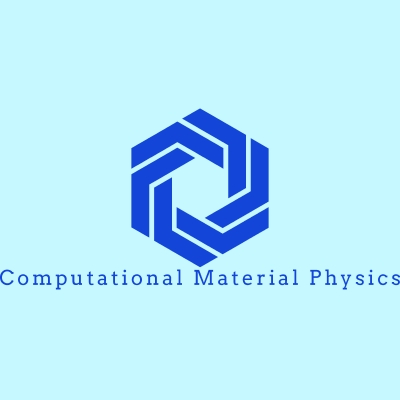Alongside experiment and theory, computer simulations (computations) are essential to developing an understanding of many physical properties of materials. Our research focuses on developing models at the interface of computation, theory, and experiment. Our research interest span array of topics at the intersection of Condensed matter physics, Quantum chemistry, and Materials Science & Engineering. We are interested in novel 2D materials and their hybrids, heterostructures, and intercalations especially at the atomic-scale; bulk semiconductors and insulators; and the physics of defects in model systems and real materials. We use quantum mechanics to investigate electronic, transport, and related properties of materials to gain a better understanding of their emerging properties. The knowledge of the underlying physics might allow us to make predictions to guide experimentalists searching for improved materials.
We base our approach on the state-of-the-art and recent advances in computer architecture to achieve high predictability and improve the reliability of using computational data in experimental design. Specifically, in our work, we use density functional theory (both local orbital and planewave basis set), Green's function-based methods, material-specific parameterize Hamiltonian, and Dynamical mean-field approximation-based methods such as the Typical medium dynamical cluster approximation pioneered by our group.

We are particularly interested in a) classes of materials where poor screening effects induce a strongly coupled many-body ground state and b) designing computational approaches to predict experimentally relevant quantities as well as using theoretical models to propose new avenues for experimental exploration of novel properties. These class of materials includes the atomically thin two-dimensional materials (2DMs), diluted magnetic semiconductors, heavy fermion compounds, Heusler-alloys, lanthanides, and actinides. They can host a rich set of electronic states and share in common unexpected and complex properties, which can not be directly explained with conventional approaches. These novel properties of correlated materials are promising for applications in diverse areas such as high mobility field effect transistors, photodetectors, photovoltaics, light-emitting diodes, solar cells, energy storage, and battery technology.
Research in Plain English
Our research centers on using computer-aided design and simulations to understand the fundamental origin of the complex behaviors in materials. On one hand, we use techniques free from empirical approximations, known as ab-initio methods and on the other hand, methods parameterized from first-principles that enable us to make predictions about materials, structures, and properties to guide in the experimental search for new and/or improved materials.
Computer-aided simulation has the potential to mitigate the risk, cost, and time used in the experimental testing of potential materials. With this approach, we can design materials with improved properties for fields as diverse as electronics, nanotechnology, chemical engineering, energy-conversion (photovoltaic, thermoelectric), energy-storage, and energy-efficient applications.
Areas of Research
2D Materials, Heterostructures & Interfaces
Emerging physics in low-dimensional materials
Defects in Materials & Model Systems
Understanding the role of defects in systems
Correlated Materials and Excitations
Modeling materials with electrons degree of freedom
Inorganic Semiconductors, Heterostructures & Interfaces
Materials for energy-efficient applications Fundamentals of Materials Science & Quantum Chemistry
Science at the interface of condensed matter physics and quantum chemistry
Photovoltaics & Photochemistry
Materials for photocatalytic hydrogen evolution
Computational and Method Development of Many-body Problems
Models to understand many-body problems
Education
